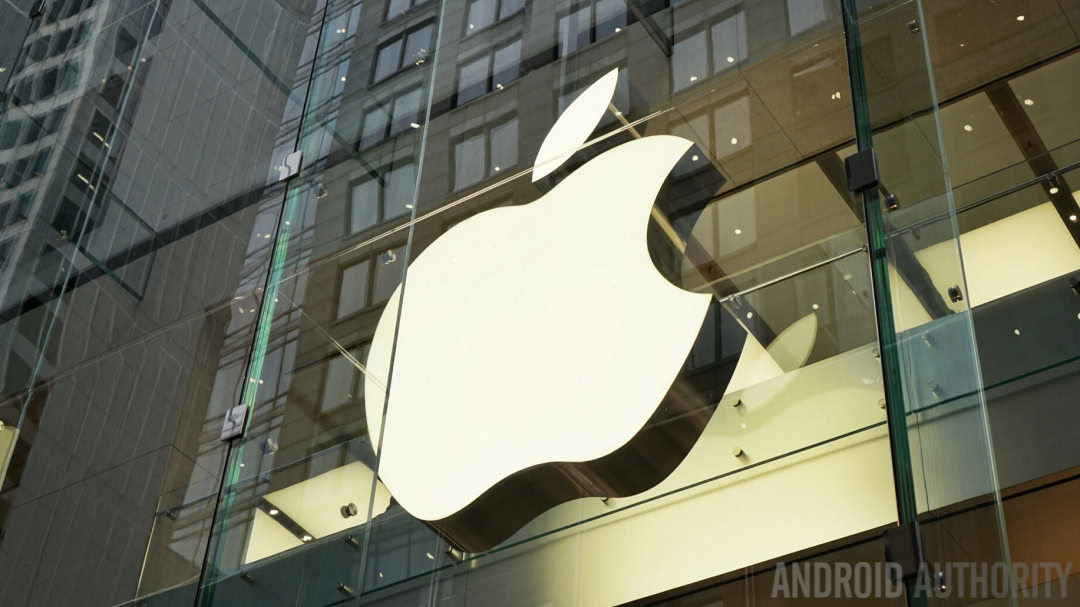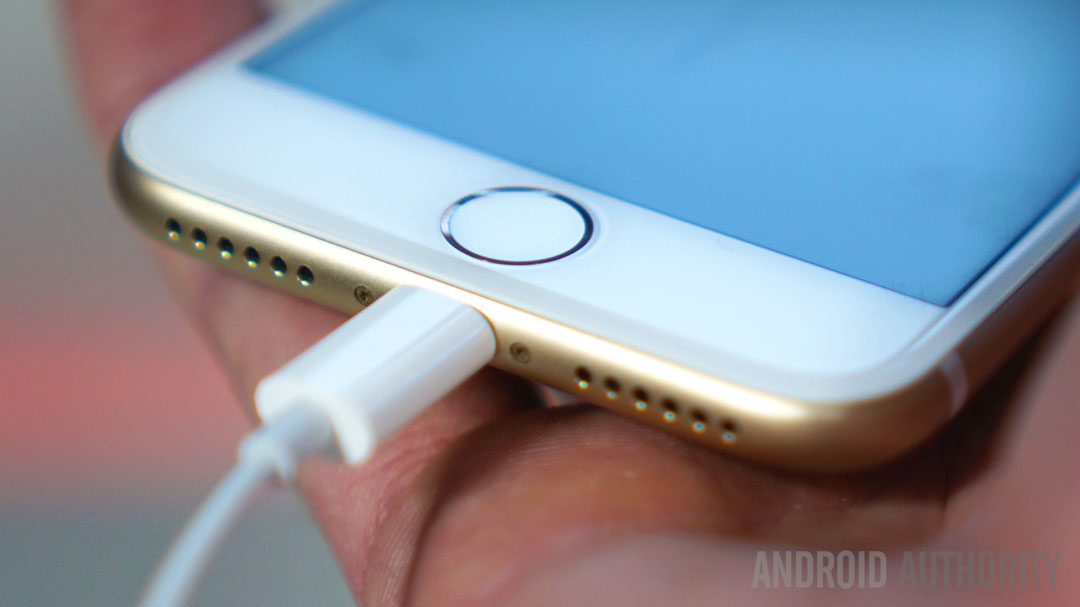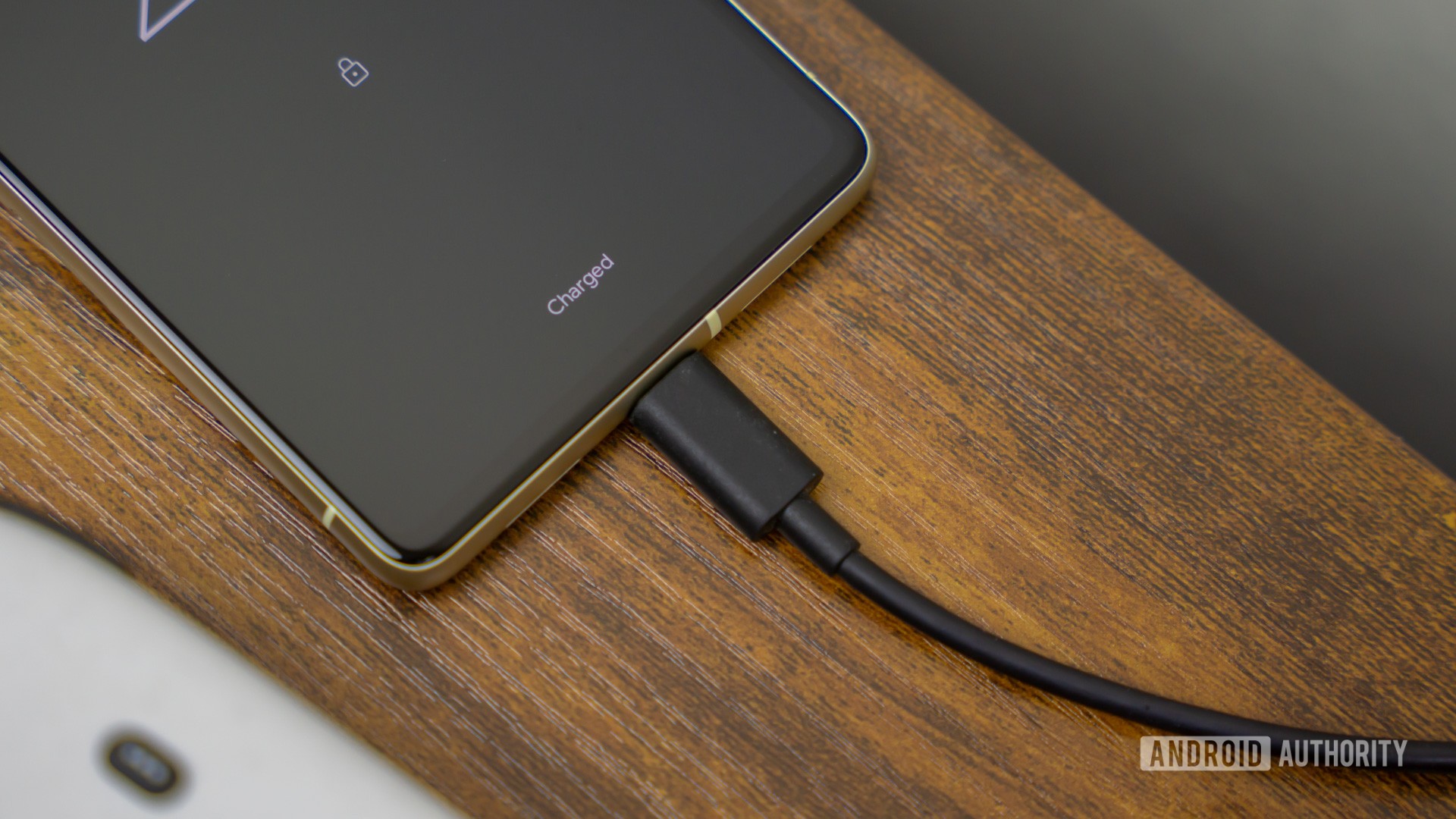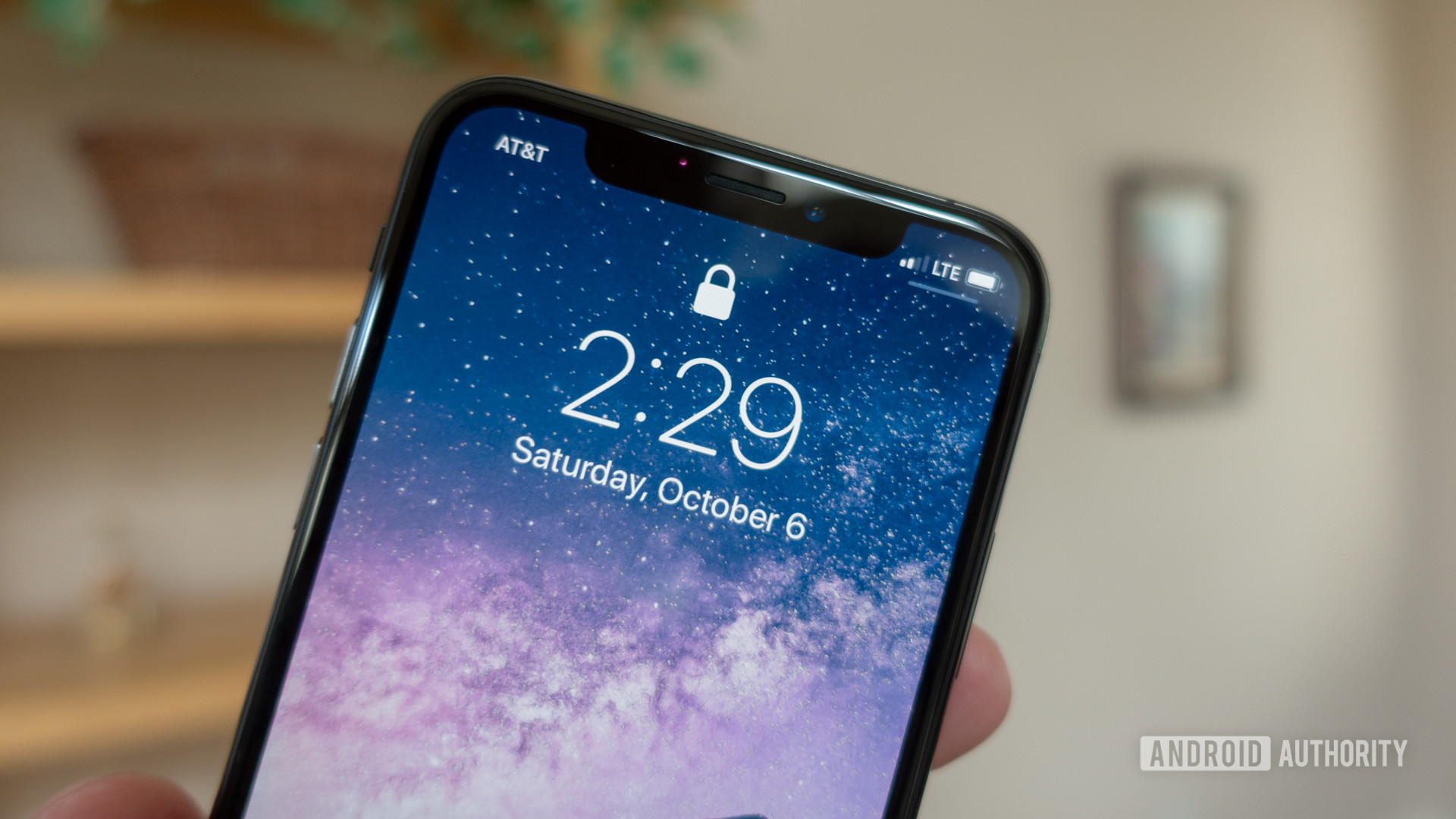Affiliate links on Android Authority may earn us a commission. Learn more.
New iPad Pro uses USB-C in lieu of Lightning connector: Here's why that's important

Apple’s new iPad Pro features an (nearly) edge-to-edge display, eliminates the home button, and opts for a USB-C connection in lieu of the company’s proprietary Lightning connector. This signals a baby step toward the universal connection system, meaning that we consumers are that much closer to consolidating our cables into a single, versatile USB-C method.
It is confusing, however, that Apple’s two-month-old flagships rely on a Lightning connector as the company pulls away toward USB-C. While the transition period remains messy, it serves as an opportunity to discuss proprietary systems at large.
Proprietary systems exist for profit…
… and that’s perfectly fine. After all, we live in a capitalist society where, in order for a company to exist, it must profit. It may seem that the company’s continued use of its Lightning adapter in the iPhone XS and iPhone XR sends a mixed signal because iPhone and iPad users need to purchase each variety.
Although this breeds unnecessary inconveniences for Apple loyalists, USB-C is far more ubiquitous today than it was even a year ago. Not only are our smartphones migrating to USB-C, but headphones are too. This means that USB-C cables are fairly affordable and that Apple doesn’t have a stranglehold on the market. Apple won’t be collecting from the USB-C market like it did and does with its Lightning accessories.
They promote excess waste


Although profiting is a necessity, exploiting lands and people in the name of survivalist profiteering shouldn’t exonerate companies from environmental and socio-economic responsibility.
In the case of Apple, the company makes its environmental reports accessible, and its results are impressive. The 12.9-inch iPad Pro is free from dangerous chemicals like mercury and arsenic, and the aluminum chassis is recyclable, while 38 percent of the packaging is sourced from recycled materials.
Okay, on the surface the environmental end appears covered, but what about the social impact? It’s well documented that Apple, Samsung, and others are guilty of using unsavory methods for sourcing materials — the Cobalt Pipeline is one of the more salient examples — but all of this exploitation and environmental destruction is for not, as we consumers are pressed to keep up with the Joneses and cast aside our older technology.
Proprietary systems increase waste, waste consumer money, and environmental resources. Good riddance, Lightning connector.
When Apple moved from the 30 pin connector to the Lightning connector, it rendered the former a pile of junk overnight. As we know, junk tends to find itself occupying landfills. Whether it’s our hard-to-repair phones or an obsolete cable, waste is waste — hence why the move toward abandoning the proprietary system is a good thing.
Sometimes being a loyalist means adapting to change

Unlike the ditching of the headphone jack — which appears to be companies’ attempts at following Apple, getting consumers to buy same-brand earphones, or both — Apple’s ditching of the Lightning connector actually benefits consumers in the long run. Surprising, we know. It’s only a matter of time before USB-C is the universal connection method.
USB-C is becoming increasingly ubiquitous, Apple's proactive integration in the iPad Pro is welcome surprise.
While I don’t inhabit the Apple ecosystem, I brush shoulders with it and understand that those who invest in iPhones expect them to be two things: convenient and easy to use. While it may not seem it now, the move to USB-C is both of those things. It works like any other connector, and it future-proofs the iPad Pro and later iPhones if they adopt USB-C charging.